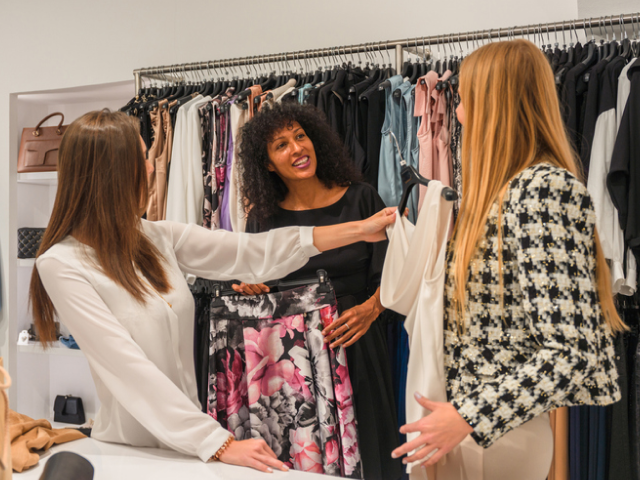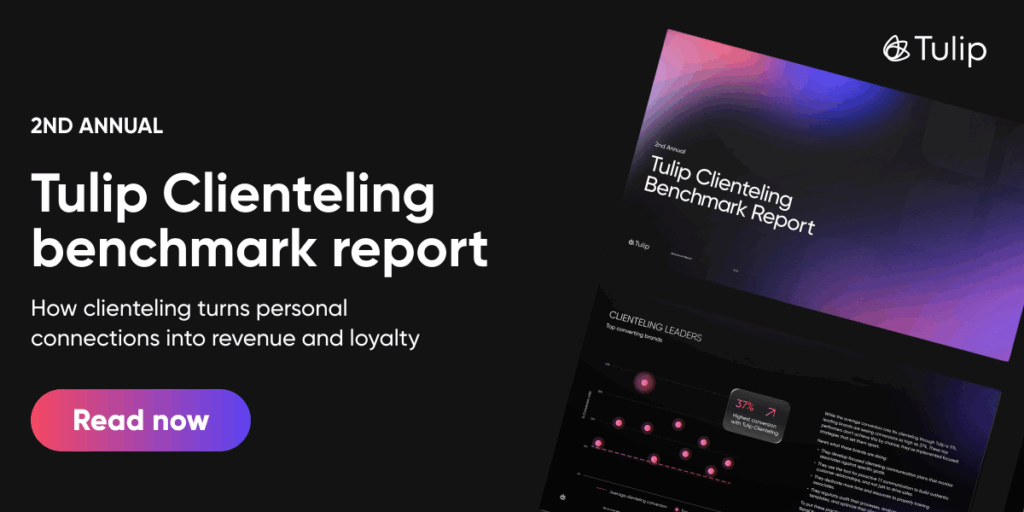The art of scaling up in the retail industry
Tapestry Inc.’s recent acquisition of Capri Holdings Limited established a new and powerful global conglomerate of luxury fashion brands, and signifies a shift in the industry as a new era of American luxury takes the stage. Here’s what you need to know.
Key Motivations and Strategic Benefits of the Merger
The union of Tapestry and Capri has several strategic advantages, setting the stage for a remarkable transformation in the luxury fashion industry:
- Expanded market presence and global reach: This merger strengthens Tapestry’s footprint in Europe, the Middle East, and Africa, while simultaneously providing Capri’s brands with access to Asia.
- Strengthened competitive position: By consolidating their forces, Tapestry and Capri gain a competitive edge against European luxury conglomerates.
- Synergy of shared values and strengths: Both Tapestry and Capri brands share a commitment to creating meaningful, personalized interactions and experiences with their customers that help foster life-long value.
How the Tapestry-Capri merger highlights current luxury retail trends
The current luxury retail landscape is marked by several key trends that each play a role in defining the future of high-end shopping experiences including:
- Expanding on a global scale: Luxury retail is undergoing a phase of expansion and globalization, where brands are strategically increasing their reach across different regions and markets to tap into diverse customer bases.
- Digitization of the customer journey: The luxury retail landscape is witnessing a digital transformation, with brands like those under Tapestry and Capri leveraging advanced technologies to enhance the entire customer journey: From online browsing and online-to-offline interactions to personalized recommendations, digitization is reshaping how customers engage with luxury brands.
- Customer experience and experiential retail: Luxury retailers are prioritizing unique and immersive experiences that go beyond traditional transactions. Creating memorable in-store environments and interactions, brands aim to establish emotional connections with customers.
How US luxury brands embrace retail trends to compete with European giants
In a bid to keep pace with their European counterparts, American luxury brands are adopting innovative strategies that focus on immersive customer journeys and highly-personal connections:
- Creating immersive store environments: American luxury brands are embracing next-gen in-store technology to transform their retail stores into experiential hubs that enable customers to be fully immersed in the brand during their shopping journey.
- Consistent personalization across locations: Recognizing the global nature of their clientele, American luxury brands ensure a consistent and highly personalized experience across cities, countries, and continents.
- Scaling the customer experience: The ability to customize the customer experience at scale has become a defining factor in the success of American luxury brands. By effectively leveraging technology, these brands are able to expand their product offerings, geographic footprint, and digital presence while keeping the integrity of their customer experiences.
The art of scaling up in the retail industry
Effectively scaling in the retail industry requires a well-strategized approach that balances growth with maintaining quality and customer satisfaction. Regular assessment of customer and market trends helps refine strategies and ensure that as the business grows, the brand identity and customer experience remain consistent.
Leveraging technology for streamlined operations, supply chain management, and customer engagement is crucial for efficient scaling.
Take Michael Kors for example: The transformation of Michael Kors from mainstream luxury to iconic global powerhouse underscores the role of in-store technology in driving a unified brand experience at scale. By utilizing an advanced cloud-based clienteling solution, Michael Kors was able to integrate their online and in-store experience, so that customers could be fully immersed with the brand wherever they shopped. As Michael Kors grew their footprint to over 100 countries, their solution grew with them, allowing them to scale without compromising the experience.
Similarly, the success of the Tapestry-Capri merger lies in its strategic alignment of brand values, customer experiences, and technological prowess. By combining their strengths and embracing each other’s global reach, both companies exemplify the art of effective scaling in the retail industry.
Technology’s role in preserving brand identity and customer relationships
At the heart of luxury retail lies the human touch: A warm welcome at the door, a personalized drink offering, tailored recommendations based on your preferences and history, and ultimately, evolving into a trusted guide that’s dedicated to you. So, when technology is brought up, it can seem like the antithesis of that ideal.
But technology isn’t the stark, monotonous machines we’ve been conditioned to think of. Instead it’s a means to efficiently personalize experiences and uphold brand identity. It balances innovation and tradition, enabling personalization through detailed customer data and providing associates with easy access to customer data.
This dynamic between technology and human interaction empowers brands to cultivate vital relationships and sustain meaningful connections with their customer base, ensuring continuous engagement and loyalty, regardless of changes in brand ownership.
Bringing it all together
The merger of Tapestry Inc. and Capri Holdings Limited marks a pivotal shift in the luxury fashion landscape, setting the stage for innovative market offerings and a strong advantage in adapting to changing trends.
This union reflects dynamic industry trends such as upscale expansion, digitization, and the shift to experiential retail. The merger exemplifies the evolving narrative of luxury brand evolution in a connected world, powered by customer-centric experiences and technology integration.
Learn more
Want to see the technology behind brands like Michael Kors, Versace, Jimmy Choo, Coach, Kate Spade, and Stuart Weitzman?
Tulip is proud to contribute to the immersive in-store experience of this emerging American luxury powerhouse. Contact us today for a demo!
Recommended reads
If you liked this blog, check out these other titles:


